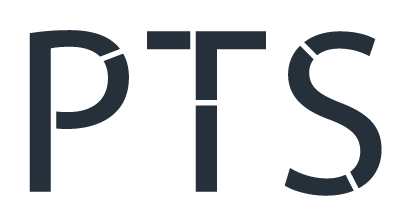
Insights
Welcome to the PTS Technology Blog

Why you have Wi-Fi performance problems
Experiencing slow or unreliable WiFi in your office? Poor performance can impact everything from video calls to cloud access. Learn the common causes of business WiFi issues, how to diagnose them, and the steps you can take to get your network performing the way it should.

iOS19/iOS26? Rumours & AppIe Intelligence in Hong Kong
Apple’s iOS 19 promises major AI-powered features via Apple Intelligence—but will they work in Hong Kong? Explore key updates, regional limitations, and business risks.

US China Trade War
The trade war between the United States and China continues to intensify, and while Hong Kong remains a separate customs territory, the city sits uncomfortably close to the heart of the geopolitical and economic fallout.

Windows 10 End of Support
The end of support for Windows 10 is approaching fast, with Microsoft officially ending updates and security patches in October 2025


Chat GPT Ban in Hong Kong and China (Updated)
The recent OpenAI ban to block access to its services for developers in mainland China and Hong Kong has sent shockwaves through the AI community.




Hong Kong Cybersecurity - Threats are on the Rise
Hong Kong Cybersecurity threats are escalating at an alarming rate, impacting both individuals and businesses through online scams, phishing, and malware attacks.





Review: Top 3 Lenovo Laptops for Business
PTS Managed Services provides IT support, audiovisual solutions, and procurement for businesses in Hong Kong and China. They combine advanced tech and expert management to optimise infrastructure, boosting efficiency and reliability. Their strategic approach ensures smooth IT and AV operations, making them a trusted regional partner.

Microsoft Purview: Data Governance, Compliance & DLP
Microsoft created Microsoft Purview for Data Governance, Compliance and DLP. Purview gives you a bird's-eye view of your entire data landscape


The Ultimate Guide to IT Support and Service Management in 2024
Discover how PTS Managed Services delivers comprehensive IT support, advanced AV solutions, and efficient procurement services to optimise business infrastructure across Hong Kong and China. This article explores the company’s commitment to enhancing operational efficiency and technological integration for enterprises in the region.
